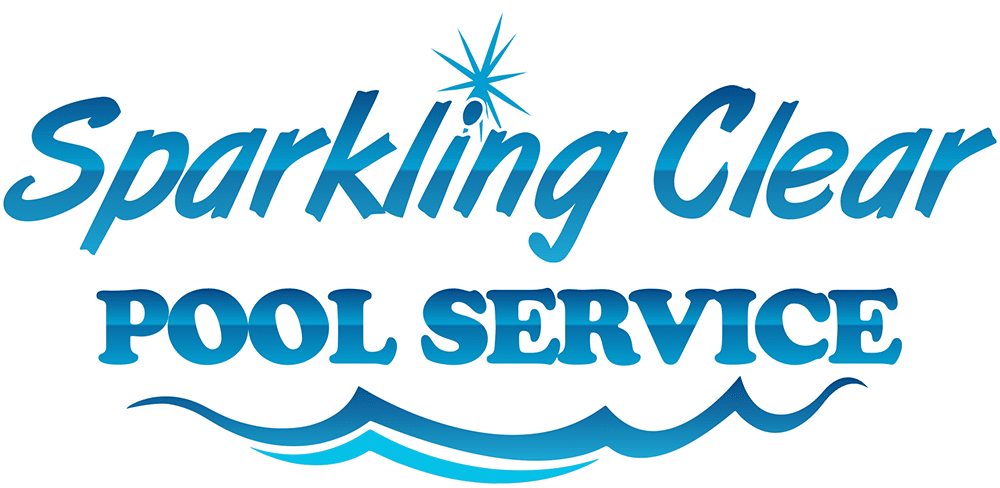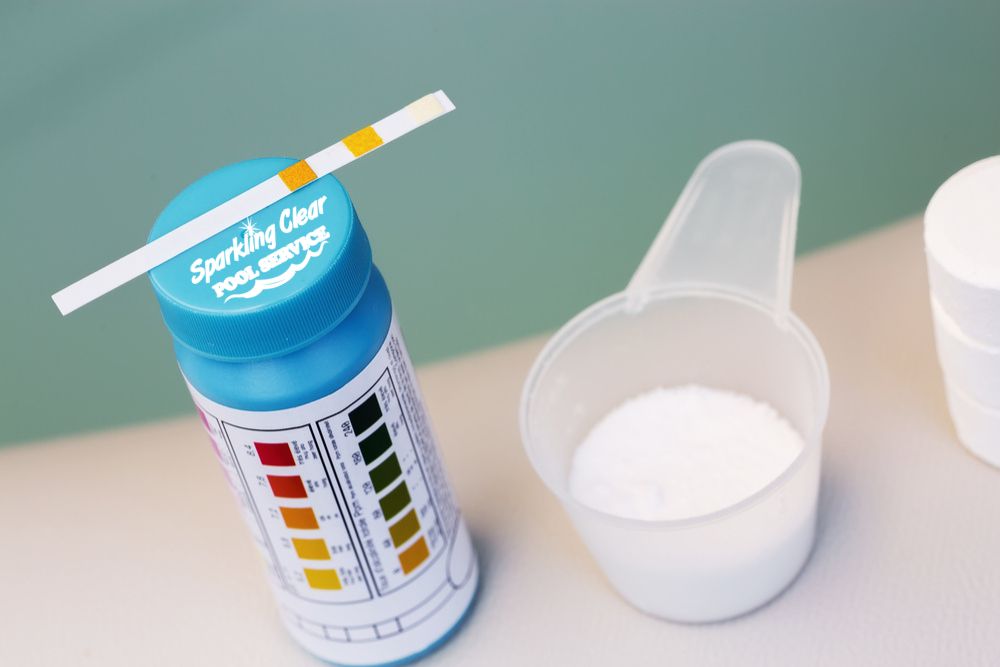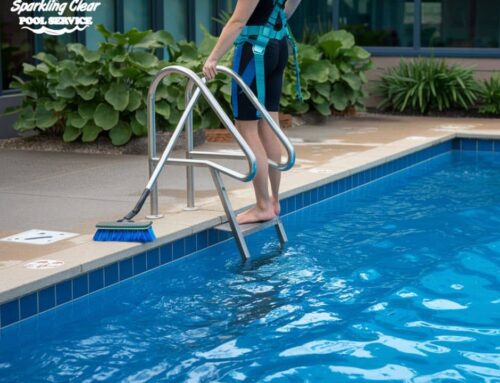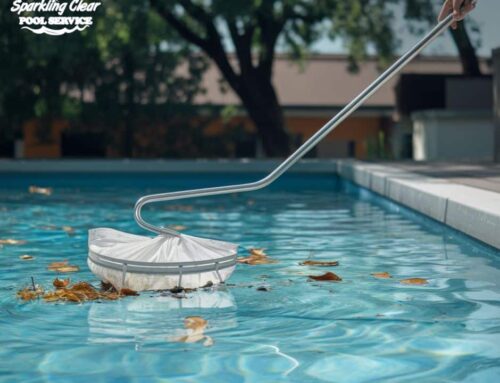Ah, the refreshing allure of a sparkling pool on a hot summer day. But maintaining that crystal-clear oasis requires consistent effort, and two essential pool chemicals often confuse – chlorine and shock. Let’s demystify the difference between chlorine and pool shock.
Chlorine: The Constant Guardian of Cleanliness
Think of chlorine as your pool’s tireless defender. It’s a sanitizer that continuously works to kill bacteria, algae, and other harmful organisms in the water. Chlorine comes in various forms, including tablets, granules, and liquid chlorine. These release chlorine gas (hypochlorous acid) into the water, which then eliminates contaminants. Maintaining a consistent level of chlorine is crucial for ongoing pool sanitation.
Pool Shock: The Heavy Hitter for Reviving Your Pool
Pool shock, also known as non-chlorinated shock, is a powerful oxidizer used to address specific water quality issues. Unlike chlorine, which provides ongoing sanitation, shock targets existing problems like:
- Combined Chlorine Levels: Over time, chlorine reacts with ammonia (from swimmer waste) to create combined chlorine, which is significantly less effective at sanitizing. Shock breaks down combined chlorine, freeing up active chlorine to do its job.
- Heavy Bather Loads: After pool parties or intense use, chlorine levels can become overwhelmed. Shock provides a quick boost to kill bacteria and restore water clarity.
- Algae Blooms: If your pool develops a green tinge, it’s likely an algae bloom. Shock helps to break down and eliminate algae spores and debris.
How Much Shock Does Your Pool Need?
The amount of shock you need depends on your pool size and the specific issue you’re addressing. Here’s a general breakdown:
- Clear Shock: For a preventative boost or to address mild issues, use 1 pound of shock per 10,000 gallons of water.
- Super Shock: For tackling heavy bather loads or stubborn algae blooms, use 2-3 pounds of shock per 10,000 gallons of water.
Shocking Your Pool: The Right Way
Once you’ve determined the shock dosage, follow these steps for safe and effective application:
- Balance the Water: Ensure your pool’s pH level is between 7.2 and 7.8 before shocking. An improper pH level can reduce the effectiveness of shock.
- Turn Off the Pump: Circulation can dissipate the shock’s effectiveness. Turn off your pool pump and filtration system before adding shock.
- Broadcast or Sprinkle: Broadcast granular shock evenly over the pool surface while walking around the perimeter. Alternatively, sprinkle granular shock around the pool walls just below the waterline for liquid chlorine shock.
- Run the Filter: After 4-6 hours, turn your pump back on and allow the filter to circulate the shocked water for 24 hours.
Algaecide and Shock: Working Together or Going Solo?
While both shock and algaecide address specific problems, they work differently. Shock tackles existing algae blooms and breaks down combined chlorine, while algaecide prevents future algae growth. You can safely add algaecide and shock to your pool at the same time. However, consult the product labels for specific instructions and waiting times between applications.
Navigate the Complexities of Pool Maintenance with Sparkling Clear Pool Service
Maintaining a healthy and inviting pool shouldn’t be a mystery. At Sparkling Clear Pool Service, our experienced technicians are here to answer your questions, provide expert advice, and handle all your pool care needs. Contact us today to create a customized pool care plan that ensures a safe and refreshing summer oasis. Call us at (214) 361-0255 to learn more.






